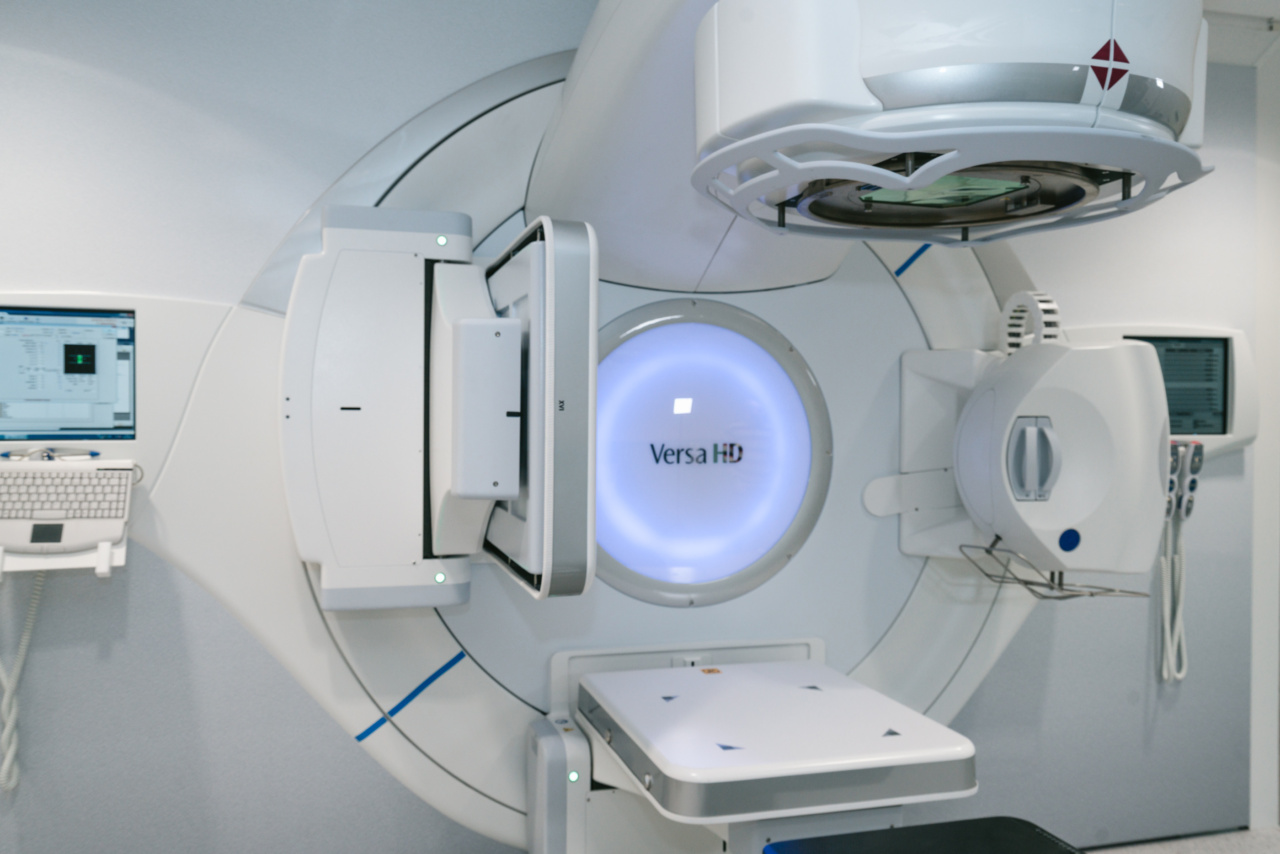Radiography is an important medical imaging technique that uses radiation to produce detailed images of different parts of the human body. It plays a crucial role in diagnosing various medical conditions and guiding treatment plans.
However, it is essential to be aware of the potential radiation hazards associated with radiography and to understand who might be at risk.
1. Radiographers and Healthcare Professionals
The primary individuals at risk of radiation exposure in radiography are the radiographers themselves and other healthcare professionals involved in administering radiation.
These individuals directly handle the equipment, position patients, and ensure image quality. Though they take necessary precautions to minimize exposure, repeated exposure over time can increase the risk.
2. Patients
Patients undergoing radiography procedures are also exposed to radiation.
While the benefits of the diagnostic information obtained from radiographs usually outweigh the associated risks, patients must be informed about potential hazards and the reasons for the procedure. Pregnant women and young children are considered more vulnerable to radiation and may need additional precautions.
3. Children and Adolescents
Children and adolescents are typically more sensitive to radiation effects than adults due to their rapidly dividing cells and developing organs.
Medical professionals take extra precautions when imaging pediatric patients to minimize radiation exposure, such as using lower radiation doses and selecting appropriate imaging techniques.
4. Radiology Students and Trainees
Individuals undergoing training in radiology may be exposed to higher levels of radiation during their educational programs.
While practical hands-on experience is essential for their learning, proper radiation safety training and mentoring must be provided to minimize unnecessary exposure and ensure their safety.
5. Occupational Exposure in Other Industries
Radiation hazards are not limited to medical professionals alone. Other industries that utilize radiography techniques, such as industrial testing, may pose risks to workers.
Those responsible for performing non-destructive testing often come into contact with radiation sources and should follow strict safety protocols and guidelines.
6. Individuals in Proximity to Radiology Departments
Individuals who work or spend significant time near radiology departments, such as hospital staff and janitorial personnel, may be exposed to low levels of scattered radiation.
While radiation levels are typically well below hazardous levels, it is essential to take necessary precautions and follow safety guidelines.
7. Radiology Research and Laboratory Staff
Researchers and laboratory staff working in the field of radiology may be exposed to radiation when conducting experiments or handling radioactive materials.
Adequate training, supervision, and adherence to safety measures are crucial to minimize the risks associated with their work.
8. Individuals Living Near Nuclear Power Plants or Radiation Facilities
People residing in close proximity to nuclear power plants or other radiation facilities may face potential exposure to radiation.
While strict safety regulations are in place to protect the public, it is essential for residents to stay informed about emergency protocols and evacuation plans to ensure their safety in case of any unforeseen incidents.
9. Radiation-sensitive Individuals
Some individuals may be more sensitive to radiation due to various factors such as certain genetic conditions or underlying medical conditions.
It is crucial for individuals with these sensitivities or susceptibilities to consult with their healthcare providers before undergoing radiographic procedures and follow personalized safety protocols.
10. Public Awareness and Education
Public awareness and education about radiation hazards play a crucial role in minimizing risks associated with radiography.
Educational campaigns, information dissemination, and clear communication between healthcare providers and patients are necessary to ensure that individuals are well-informed and actively participate in decision-making regarding radiographic procedures.
While radiography is a valuable diagnostic tool, it is vital to recognize and mitigate the potential radiation hazards associated with it.
By implementing stringent safety protocols, providing proper training, and increasing overall awareness, the risks can be minimized, and radiographic procedures can continue to benefit society without compromising the well-being of those involved.































